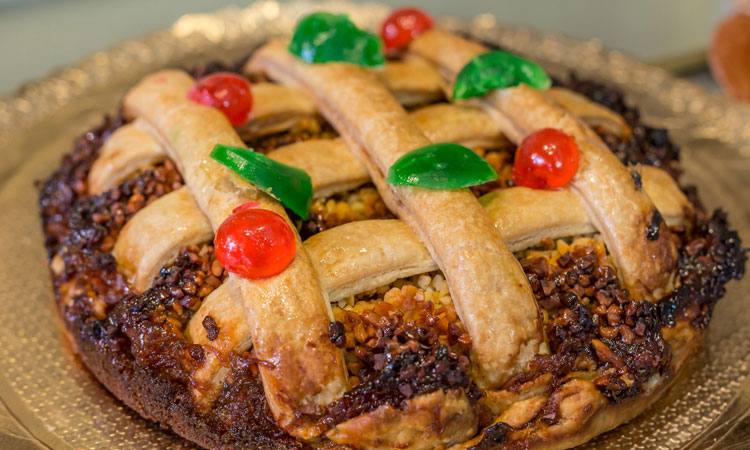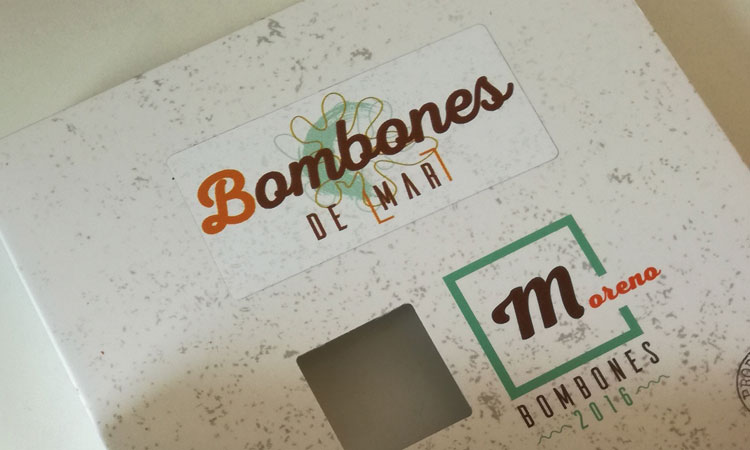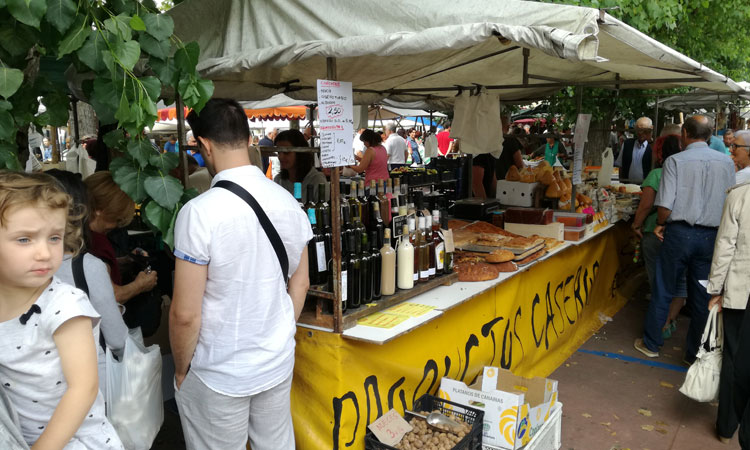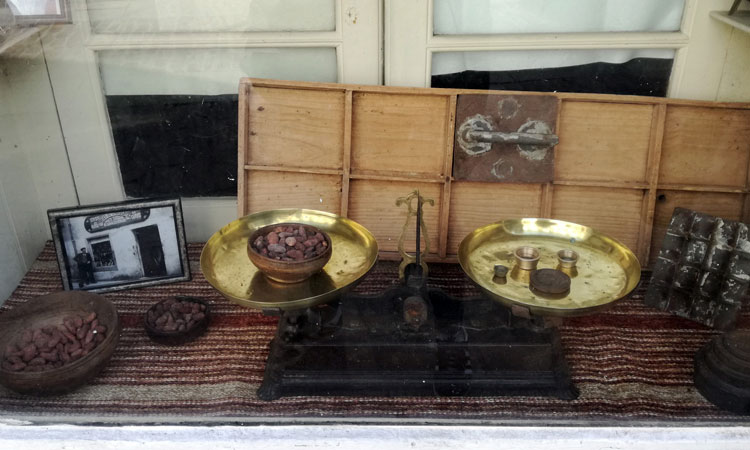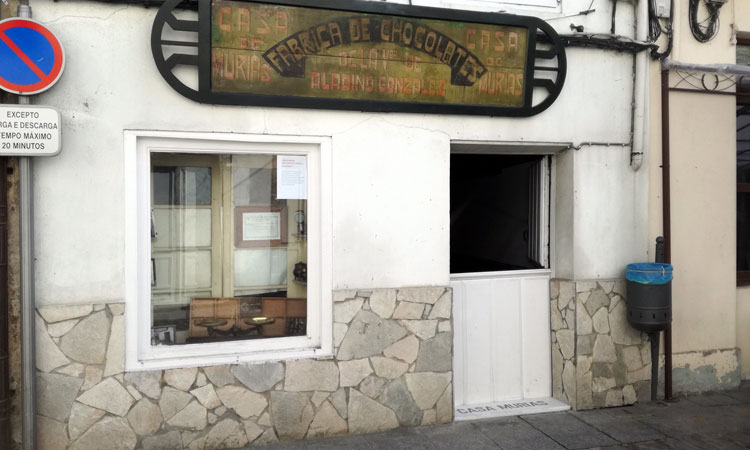This is a walk for the sweet toothed! There is no shortage of stops to taste the famous cake of Mondoñedo, traditional after dinner desserts or almost lost recipes like the Colineta, included by the writer Cunqueiro.
Recommended season: Carnival / Christmas / Summer (several festivals)
Time: 4 days
We take you through:
- Viveiro
- Alfoz
- Mondoñedo
- Lourenzá
- Foz
- Barreiros
- Ribadeo
Did you know that?…
There are those who defend, and the writer Álvaro Cunqueiro from Mondoñedo (20th century) for example does so, that the origin of Mondoñedo cake is a statue (12th-13th century) that there is in a lintel of the Pazo de Xelmírez (Santiago). Others, who say it was inspired by the rose window of Mondoñedo cathedral.
Stops
There are many reasons to visit the town of Viveiro: its 900 year old history; the charming old town centre, with monuments such as the Puerta de Carlos V, the estuary of the river Landro, symbol of the town, which has such an important ornithological and scenic value; and also its sweets!
The most well-known is the almond cake, which also has sponge, angel hair and candied fruit to decorate it. In some patisserie shops they produce the Colineta, a cake included by the writer Cunqueiro in his work. This is a kind of sponge cake made with eggs, sugar and almonds, but without flour.
The sweets of the Valdeflores convent, made by the nuns, are very famous and greatly demanded, especially at Christmas. The monastery, located at the side of the Landro, is open to visitors, and there is also a ceramic factory with museum, shop and garden.
Easter Week celebrations in Viveiro (Festival of International Tourist Interest) are one of the most well-known and popular in Galicia. The gastronomic offer of these days is complemented with after dinner desserts such as the Bread of the Apostles.
Another festival that should be mentioned for its colourfulness and gastronomy is the Carnival, one of the most famous of A Mariña. Look for the “freixós” (pancakes), ‘orejas’ (ear-shaped deep fried pastries), or ‘rosquillas’ (ring-shaped pastries), prepared in different establishments.
If you’re surprised with this list of unique after dinner desserts that make your mouth water, we provide you with the chance to visit a workshop and participate in their preparation!
Stop in Alfoz to get to know and prepare some desserts in one of the town’s workshops yourself. Take the opportunity of travelling through these lands, recalling the historical legacy of Mariscal Pardo de Cela, who was equally loved and hated, and visit Castrodouro castle, also called the Tower of Homage. Inside you will find the curious Clog Museum (Museo das Zocas) and the Tourism Office.
If there is an ambassador for the Terras de Miranda, it is the cake of Mondoñedo. This fantastic dessert, made from sweet pumpkin, puff pastry and almonds, has travelled half-way around the world and has been present on illustrious tables like those of the kings of Spain or the Vatican thanks to its intense promotion by local workshops.
Today it is produced in several patisserie shops in Mondoñedo with the same ingredients, but each has their own touches, which allows every master to create a unique product. Each recipe is a taste to discover!
The Carnival marzipans of the Lourenzá valley are nothing like those made with almonds at Christmas. Here two doughs are prepared, a base dough with flour, water and yeast, and a second with eggs, sugar, salt, butter, lemon and flour. The first is left to ferment and then they both are mixed and kneaded. Then, they are stretched, cut into pieces and fried.
Piñata Sunday, the first Sunday after Shrove Tuesday, is the day that the people from Lorenzá have been waiting for as the parade of floats closes this festival in style.
The Norman Feast of Foz, as well as inspiring this spectacular historical recreation based on ancient Viking invasions in the Kingdom of Galicia, is the origin of a cake with the same name and with a secret recipe.
Related to this story of bishops, Vikings and locals is, of course, the basilica of San Martiño de Mondoñedo (11th-12th century). It was built on a pre-Romanesque temple and was the episcopal seat of the Diocese of Mondoñedo until the construction of Mondoñedo catedral. It is considered the oldest cathedral in Spain (6th century)
In Foz also you will be able to “taste” the two beaches of the town, in addition to getting tanned on them! The “rapadoiras” are a sweet made with almonds, coconut, sugar, eggs and milk chocolate. The “stones of Llas” are made with almonds and chocolate. To honour these “indulgences”, walk along the Rapadoira-Llas promenade, from Rapadoira beach -which was the first to obtain a blue flag in A Mariña of the Lugo coast in 1987- to Llas or even Peizás. This is one of the most beautiful routes through Foz to enjoy the estuary, the marina and its varied flora and fauna.
And if you come during Carnival, accompany the parades of floats with the necessary ‘freixós’.
The most charismatic sweet of Barreiros is the ‘carolón’. Its name refers to the walnut trees or ‘concheiros’, that in A Mariña are also called ‘caroleiras’ and the walnuts, ‘carolas’. It has a smooth and buttery texture and a slight touch of anise, with a walnut, raisin, soft, fine crumb centre.
Here, opposite the also striking Cantabrian flat (the straight and low coastline), why not walk the Beaches Route from the town hall of Barreiros to Arealonga beach.
The chocolate tradition of Ribadeo is well known and recognised, a proud heir of its Indiana past. Historical chocolate factories of the town have even been encouraged to offer new flavours to taste like the sea bonboms, with organic green algae from the local coast.
As in the previous stops, the Carnival is the feast of the ‘freixós’ that, surely, is one of the reference after dinner desserts in the Galician gastronomy. The most widespread term used in the Galician territory is ‘filloa’ (pancake), although in A Mariña they are known as ‘freixós’ and tend to be sweet (aniseed tasting).
Another essential stop in Ribadeo, for those with a sweet tooth is at the Santa Clara convent to taste its famous sweets.





